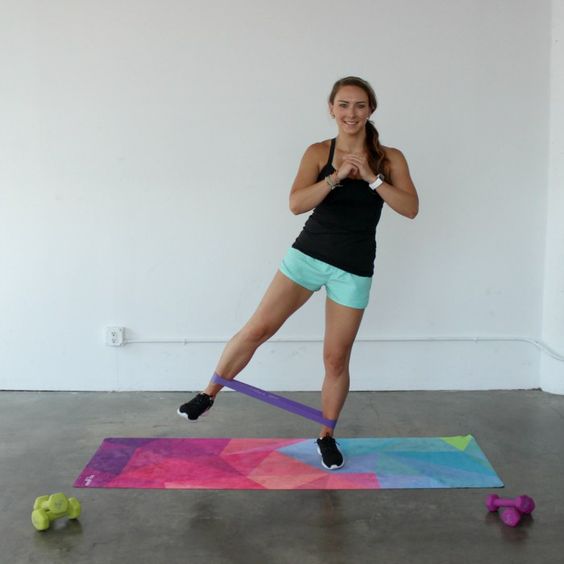What is it?
Peripheral neuropathy is a condition that damages the peripheral nerves. These are nerves that carry messages to and from the brain and spinal cord. Peripheral nerves exist throughout our bodies, connecting the brain and spinal cord to our muscles and internal organs. There are 3 types:
· sensory - allowing us to feel through our skin
· motor-allowing us to initiate and control movement
· autonomic -allowing normal internal function, for example heart rate, blood pressure, digestion.
Peripheral neuropathy disrupts the nerves’ ability to send and/or receive the signals our bodies require: they may send pain signals when they’re not needed, or they may be unable to send a signal that is needed.
What are the symptoms?
Symptoms include pain, tingling and/or numbness, often starting in the hands and feet, but this may spread into your limbs. Some people describe the pain as sharp, freezing or burning, and they may be unable to cope with even the slightest touch in the affected area. People may drop things, or find it difficult to move as easily; balance may be affected. If the autonomic system is involved, people may feel unwell; they may have low blood pressure or digestive problems, for example.
What are the causes?
Diabetes is a major cause of peripheral neuropathy, but it can also result from infection, trauma, metabolic disorders (such as hypothyroidism or kidney disease) alcoholism and long term exposure to toxins. The condition can also be inherited, for example in Charcot-Marie-Tooth disease. If you are experiencing any symptoms, you should see a doctor immediately. As the causes vary considerably, the doctor will want to know your full medical history and a complete list of your symptoms.
Is there a treatment?
If the underlying cause of the neuropathy can be treated the nerve function should also improve; for example if the neuropathy was caused by trauma, from which the limb is expected to recover, then the neuropathy should also diminish in time. Pain medication and non-pharmaceutical pain management treatments also offer relief, as do splinting for hands and feet that are painful or have diminished motor control.
What can physiotherapy do to help?
A physiotherapist will assess your physical function, liaise with your doctor regarding the cause, and then provide a treatment program that will target areas of weakness and risk. For example you may have poor balance, reduced mobility,stiff limbs, weak muscles and/or low heart fitness. The physiotherapist can also provide you with appropriate walking aids, braces and splints, as well as non-pharmaceutical pain relief such as Transcutaneous Electrical Nerve Stimulation (TENS) or acupuncture.
R. Sian Owen
Registered Physiotherapist
Links
The Mayo Clinic has some good information at http://www.mayoclinic.org/diseases-conditions/peripheral-neuropathy/home/ovc-20204944
Recent research on the effectiveness of TENS can be found at http://www.ncbi.nlm.nih.gov/pmc/articles/PMC2746624/








